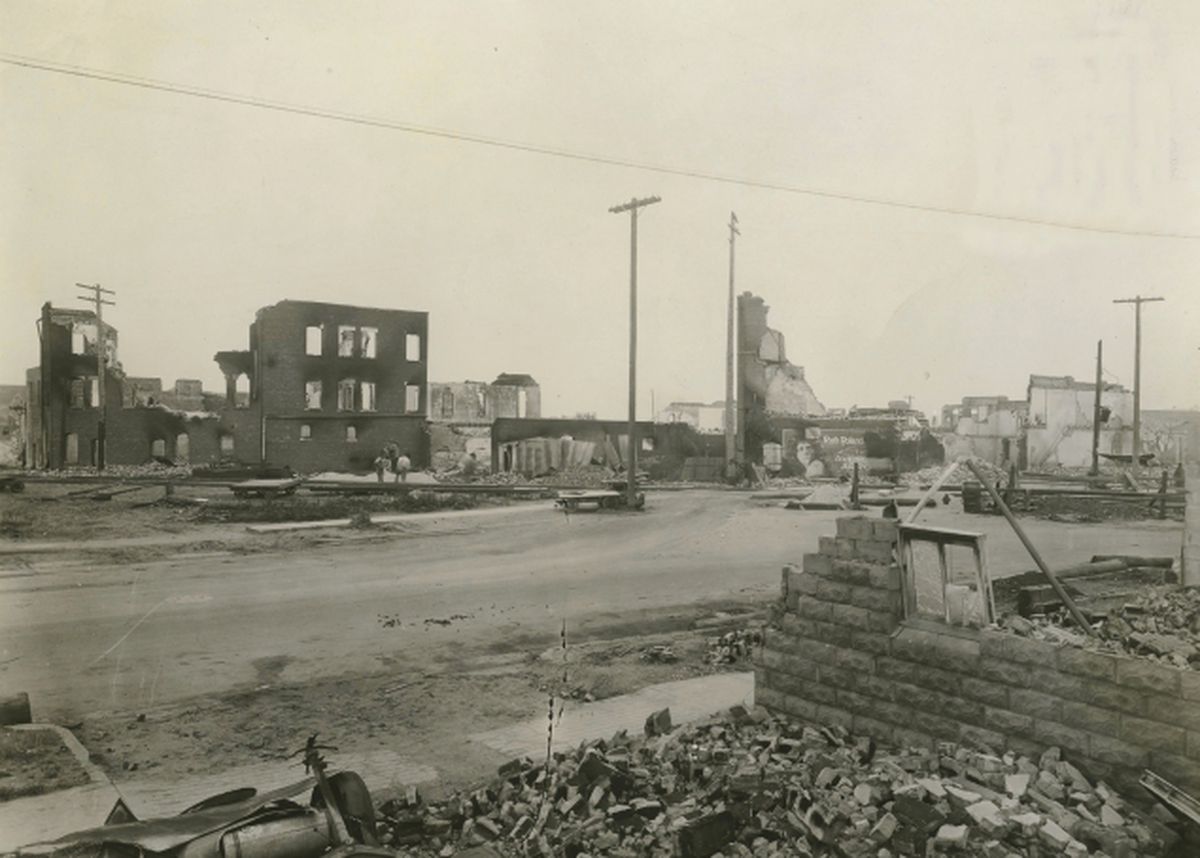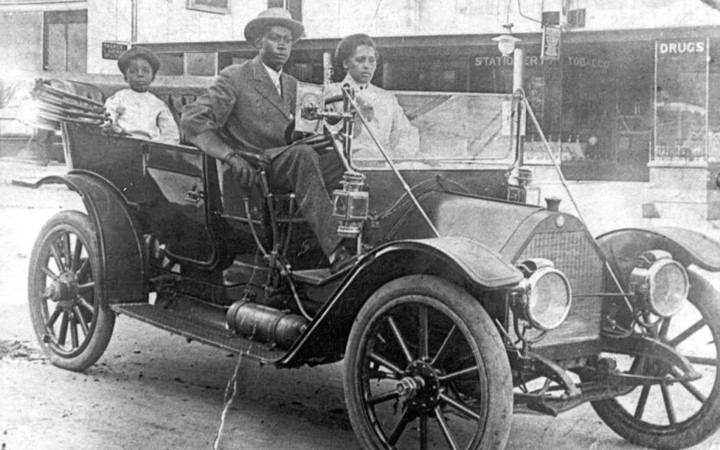
DID YOU KNOW: Before setting fire to the residences and businesses of Greenwood, the white mob carefully stripped and looted homes and businesses of all valuables. 

The heartbreaking experience of Massacre survivor Dr. Robert Bridgewater and his wife, Mattie, who lived at 507 N. Detroit paints a harrowing picture of the savagery of the white terrorists actions:
"On reaching the house, I saw my piano and all of my elegant furniture piled in the street. My safe had been broken open, all of the money stolen, also my silver ware, cut glass, all of the family clothes, and everything of value had been removed, even my family Bible."
"My electric light fixtures were broken, all of the window lights and glass in the doors were broken, the dishes that were not stolen were broken, the floors were covered (literally speaking) with glass, even the phone was torn from the wall."
• • •
Missing some Tweet in this thread? You can try to
force a refresh






